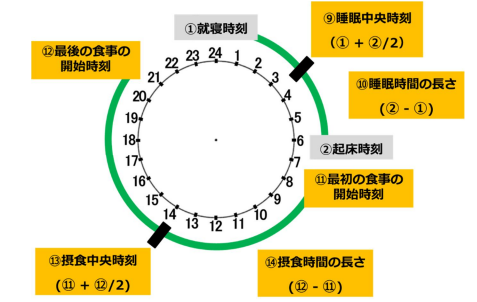2025-04-25 九州大学
<関連情報>
- https://www.kyushu-u.ac.jp/ja/researches/view/1248
- https://www.kyushu-u.ac.jp/f/61552/25_0425_01.pdf
- https://journals.plos.org/plospathogens/article?id=10.1371/journal.ppat.1013089
Cryptococcus neoformansにおける液胞ステロールβ-グルコシダーゼEGCrP2/Sgl1の欠損: 新規抗真菌戦略の標的としての機能不全オートファジーとMincle依存性免疫活性化 Vacuolar sterol β-glucosidase EGCrP2/Sgl1 deficiency in Cryptococcus neoformans: Dysfunctional autophagy and Mincle-dependent immune activation as targets of novel antifungal strategies
Takashi Watanabe ,Masayoshi Nagai ,Yohei Ishibashi ,Mio Iwasaki,Masaki Mizoguchi,Masahiro Nagata,Takashi Imai,Koichi Takato,Akihiro Imamura,Yoshimitsu Kakuta,Takamasa Teramoto,Motohiro Tani,Junko Matsuda, [ … ],Makoto Ito
PLOS Pathogens Published: April 24, 2025
DOI:https://doi.org/10.1371/journal.ppat.1013089
Abstract
Cryptococcus neoformans (Cn) is a fungal pathogen responsible for cryptococcal meningitis, which accounts for 15% of AIDS-related deaths. Recent studies have shown that the absence of sterol β-glucosidase (EGCrP2, also known as Sgl1) in Cn significantly attenuates its virulence in a mouse infection model. However, the mechanisms underlying this virulence attenuation remain unclear. In this study, we observed a significant increase in dead cells after 3 days of culture of SGL1-deficient Cn (sgl1Δ, KO) at 37°C, compared with wild-type (WT) and SGL1-reconstituted Cn (sgl1Δ::SGL1, RE). qPCR analysis of WT, KO, and RE strains indicated that autophagy-related genes (ATGs) were significantly downregulated in KO strain. Atg8-dependent GFP translocation to the vacuole was significantly delayed in KO strain under starvation conditions. This autophagy dysfunction was identified as the primary cause of the increased cell death observed in KO strain under nitrogen starvation conditions at 37°C. EGCrP2/Sgl1 is predominantly localized in the vacuoles of Cn, and its deletion results in the accumulation of not only ergosterol β-glucoside (EG), as previously reported, but also acylated EGs (AEGs). AEGs were much more potent than EG in activating the C-type lectin receptor Mincle in mice, rats, and humans. AEGs were released from KO strain via extracellular vesicles (EVs). Chemically synthesized 18:1-EG and EVs derived from KO strain, but not WT or RE strains, enhanced cytokine production in murine and human dendritic cells. AEG-dependent cytokine production was markedly reduced in dendritic cells from Mincle-deficient mice, and the number of KO strain in lung tissue from Mincle-deficient mice was substantially higher than wild-type mice on day 3 after infection. Intranasal administration of acylated sitosterol β-glucoside increased Mincle expression and cytokine production and reduced the Cn burden in lung tissue of Cn-infected mice. These findings suggest that autophagy dysfunction in KO strain and the host innate immune response via the AEG-dependent Mincle activation are critical in reducing Cn virulence in mice.
Abstract
The WHO recently flagged Cn as one of the most dangerous pathogenic fungi, highlighting the urgent need for new therapeutic targets. EG, the major glycolipid of Cn, is catabolized by EGCrP2/Sgl1, widely distributed in the fungal kingdom, including all critical pathogenic fungi defined by WHO. This study elucidates how genetic disruption of EGCrP2/Sgl1 significantly reduces the virulence of Cn in mice from both the pathogen and host perspectives. In KO strain, EG accumulates in the vacuole and is converted to its acylated derivatives, AEGs. We found that accumulation of EG and AEGs leads to increased lethality of KO strain under nutrient starvation at 37°C due to defective autophagy. AEGs are transported out of fungal cells via extracellular vesicles and act as a ligand for the C-type lectin Mincle, expressed on host dendritic cells and macrophages. AEG-dependent Mincle activation contributes to the clearance of KO strain from mice at an early stage of infection. Our research indicates that EGCrP2/Sgl1 is a promising target for antifungal drugs against Cn and suggests the potential for developing new antifungal therapies based on entirely different principles applicable to a wide range of invasive fungal diseases.

